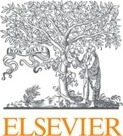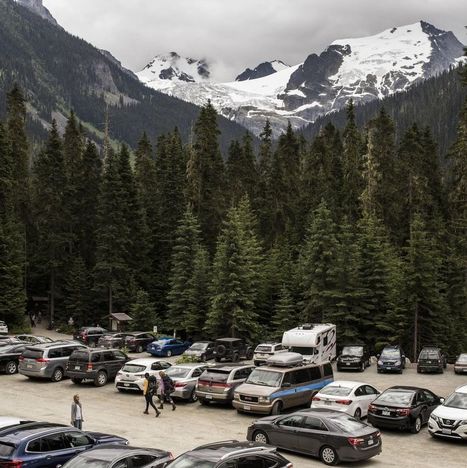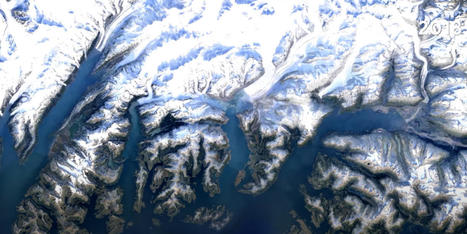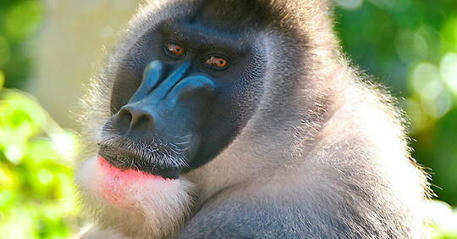L’appli contribue à l’explosion de ce tourisme de masse extrême qui abîme des sites naturels. La photographe Natacha de Mahieu a illustré ce fléau qui touche les paysages “instagrammables”, des gorges de l’Ardèche jusqu’au désert des Bardenas, en Espagne.
Research and publish the best content.
Get Started for FREE
Sign up with Facebook Sign up with X
I don't have a Facebook or a X account
Already have an account: Login
 Your new post is loading... Your new post is loading...
 Your new post is loading... Your new post is loading...
|

DocBiodiv's curator insight,
April 19, 2021 3:14 AM
Billet de blog Big Browser du Monde.Publié le 17 avril 2021

DocBiodiv's curator insight,
February 22, 2021 11:36 AM
Publié le 24/01/2021 suite aux recommandations de l'UICN "Best Practice Guidelines for Responsible Images of Non-Human Primates A Publication of The IUCN Primate Specialist Group Section for Human-Primate Interactions" https://human-primate-interactions.org/wp-content/uploads/2021/01/HPI-Imagery-Guidelines.pdf Un sujet plus développé sur https://human-primate-interactions.org/ et débats via @peopleprimate |















